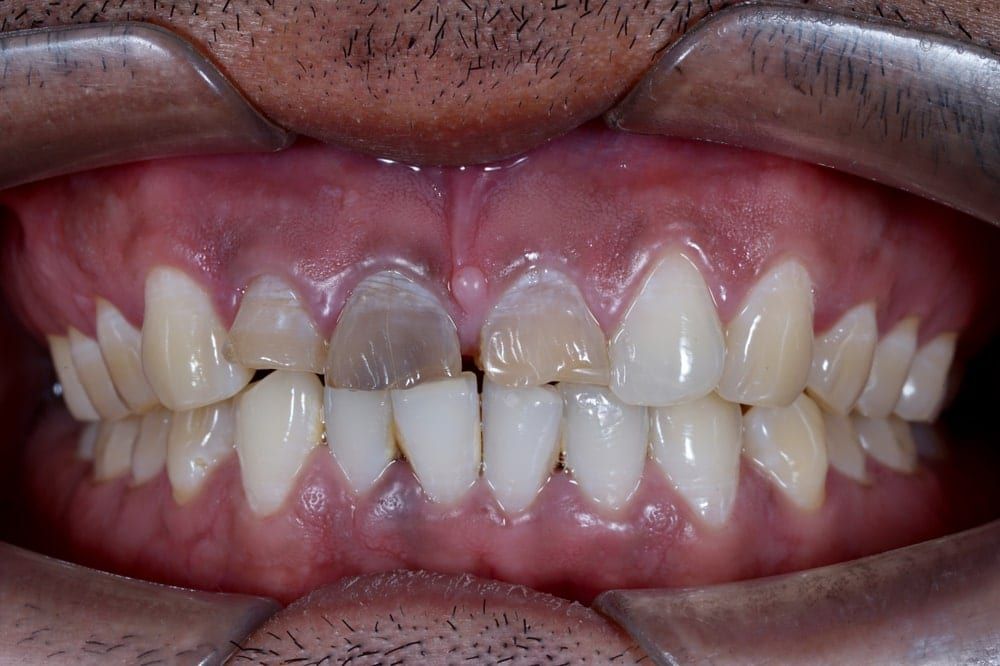3 Signs You May Need a Root Canal

Did you know that the American Association of Endodontists estimates that as many as 15 million root canals are performed every year with 41,000 root canals being performed daily? You may be thinking that is a lot of root canals. You may also be thinking why so many?
Root canals are restorative dental procedures used to remove infected pulp tissue from inside the tooth. By removing infected tissue and disinfecting the surrounding area, root canals prevent the spread of infection and alleviate symptoms associated with a pulp infection. Most importantly, root canals prevent the tooth from falling out or from needing to be extracted.
The question regarding quantity can be answered by a recent Centers for Disease Control and Prevention study. This study found that approximately 92% of American adults ages 20-64 have had or currently have a dental cavity and 26% have not received treatment. Unfortunately, untreated tooth decay will continue to erode enamel and dentin until it reaches and infects the pulp layer. Once this happens, it is beneficial to get a root canal as soon as possible. Here are three signs that tell you if you may need a root canal:

Your Tooth Hurts:
Pain is a key indicator of a pulp infection requiring a root canal. However, tooth pain can originate from a variety of causes, so tooth pain alone does not necessarily mean you need a root canal. In most cases, tooth pain associated with a pulp infection is classified as being sudden, mild to severe, progressive, and worse when pressure is applied. Additionally pain can also be exhibited as prolonged sensitivity to hot and cold where the tooth continues to hurt after the stimuli has been removed. Finally, pain deep in the jaw can also be a sign of a pulp infection that has spread to the root canals.


Your Tooth Changes Color:
Discoloration of a single tooth is another sign of a pulp infection that requires a root canal. This is because discoloration of a single tooth generally means that the pulp tissue has become infected and is decaying and dying. This makes the tooth appear more yellow, light brown, gray, or black than the other teeth around it. If your tooth has changed color, it is recommended to call your general dentist as soon as possible.

Your Gums Hurt:
Pain felt in the gums is another indication of a pulp infection. Although the infection is within the tooth, the inflammation caused by the infection can affect the gums around the tooth. With a pulp infection, the gums may appear red, swollen, and can even have pimples or a discharge. They will also likely be tender to the touch.
In conclusion, if your tooth hurts, is changing color, and is accompanied by gum pain, then you may need to have a root canal. At the very least you should schedule an appointment with your local dentist office to determine the cause of these symptoms. It is also necessary to realize that not all three symptoms have to be present with a pulp infection. Early infections may only exhibit a single sign or may have no signs at all. This is one reason why regular dental exams every six months are so important.

Dr. Scott T. Simpson graduated from the University of Florida College of Dentistry while participating in the Health Profession Scholarship Program through the United States Air Force. Following graduation, Dr. Simpson served three memorable years in the USAF at Malmstrom Air Force Base in Great Falls, Montana. He then practiced for nine years in the Orlando area before moving to the beautiful city of Tigard and starting Appletree Dentistry.



